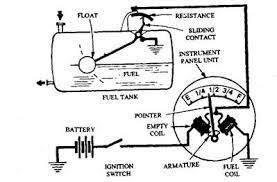As I remember it was with the Rallye gauge cluster. It was part number 2983848. The senders were 249522 up to march 1971 and 3488609 after March 1971. Senders were the same on all car lines. So was the Rallye cluster only available on those engines? That's the only difference I see.
I think your answer about calibration issues is generally correct.
The details we would have to figure out, but essentially there seems to be a change in calibration.
The aftermarket replacements, including the one I bought from BRE, read too high with the original '67 gage in my car.
Scroll through here for that.
https://www.forabodiesonly.com/mopar/threads/oil-pressure-gage-and-sending-unit-revisited.490485/ Note Redfish worked at Chrysler dealer for years - so I'm sure he's correct that some gages were tweaked to deal with a specific production issue but I think he's saying that was 67 only.
(The gage in my '67 worked correctly for years until the sender started spraying oil)
OP can do what I did to check the gage. Get some resistors, I just happend to have some 11 ohm in the box, and or a reostat/pot. Then hook them up to the sending wire as a simulation of the factory spec'd sender sender resistance.
For the 67 A body oil pressure gages. 80 psi is the top mark, and 40 the middle.
The sender should have 10-12 ohms at 80 psi. around 23 at 40 psi, and around 74 ohms at zero. My tests showed 46 ohms would bring the Barracuda's gage to the first mark (10 psi) and plotting that it looks to be correct but I can't guarentee that's the spec.
My temporary solution was to splice in a short length of resistance wire. It may result in a less precise response, but critically (for me) keeps maximum amperage through the gage in the range it is was intended.
I now have an NOS sending unit. If it tests correctly it will eventually go on the car,


